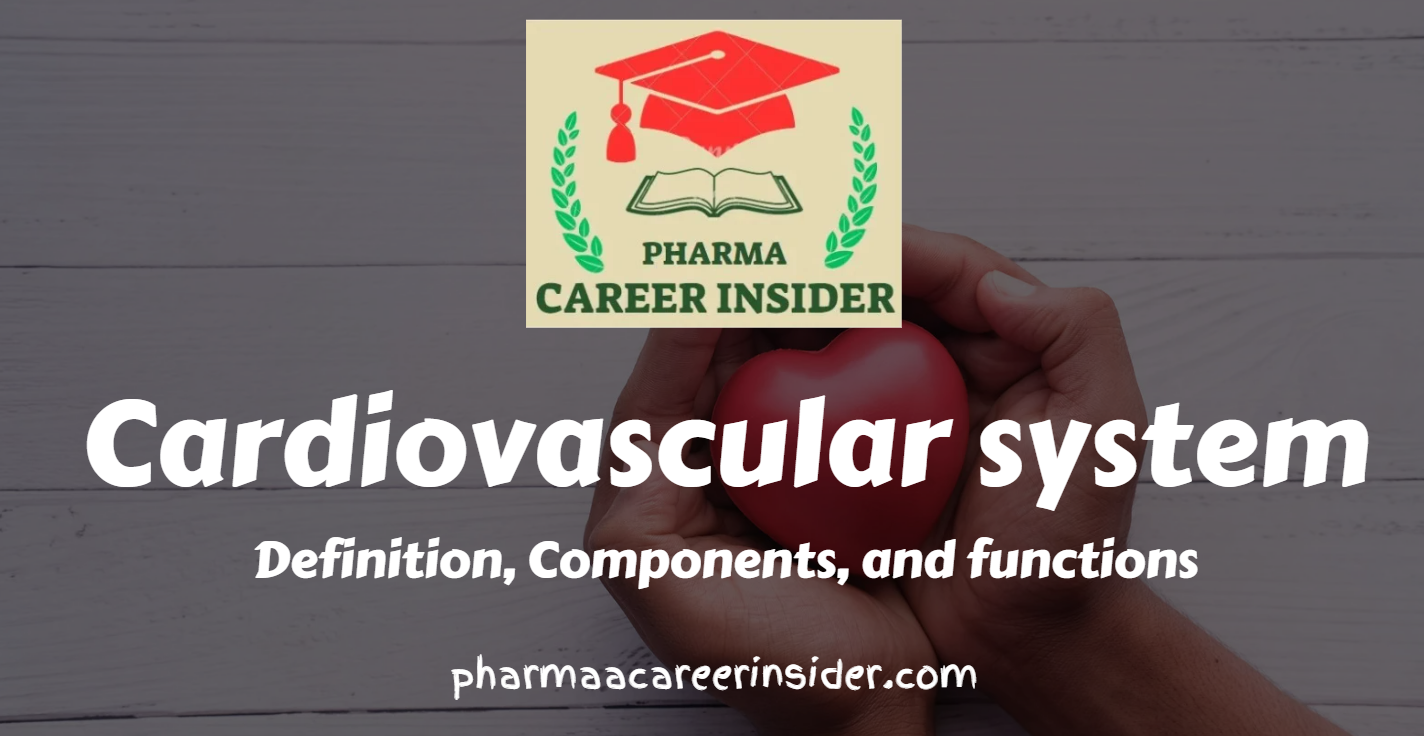The heart is a vital organ in the human body and is often described as a muscular pump responsible for circulating blood throughout the entire circulatory system. It plays a central role in maintaining life by ensuring the delivery of oxygen and nutrients to various tissues and organs while removing waste products. Here’s a general description of the heart:
1. Location
The heart is located in the chest, specifically in the mediastinum, the area between the lungs. It is slightly to the left of the body’s midline, with the base of the heart at the level of the second rib and the apex pointing downward and to the left.
2. Size
The heart is approximately the size of a closed fist, weighing around 7 to 15 ounces (200 to 425 grams). Its size can vary depending on an individual’s age, gender, and overall health.
3. Shape
The heart is a muscular, cone-shaped organ with a pointed apex and a broader base. Its structure allows it to pump blood efficiently.
4. Muscular Structure
The heart primarily comprises cardiac muscle, specialized for the continuous and rhythmic contraction required for pumping blood.
5. Chambers: The heart consists of four chambers
– Two atria (the right and left atrium) receive blood.
– Two ventricles (the right and left) pump blood out to the body or the lungs.
6. Valves: The heart has four valves to ensure one-way blood flow:
– The tricuspid valve separates the right atrium from the right ventricle.
– The pulmonary valve is between the right ventricle and the pulmonary artery.
– The bicuspid or mitral valve separates the left atrium from the left ventricle.
– The aortic valve is positioned between the left ventricle and the aorta.
7. Blood Supply: The heart has its blood supply through the coronary arteries. These arteries deliver oxygen and nutrients to the heart muscle to support its continuous pumping action.
8. Electrical System: The heart has a specialized electrical conduction system that regulates the heartbeat. It includes the sinoatrial (SA) node, atrioventricular (AV) node, and bundle of His and Purkinje fibers.
Layers of the heat
The heart’s walls are composed of several layers of tissue, each with specific functions to facilitate the heart’s vital role in pumping blood throughout the body. The heart’s walls are classified into three main layers:
1. Endocardium:
– The endocardium is the innermost layer of the heart wall.
– It is a thin, smooth lining that covers the heart’s chambers and valves.
– The endocardium’s smooth surface reduces friction as blood flows through the heart.
– It contains specialized cells that help conduct electrical impulses, contributing to the heart’s rhythm and contractions.
2. Myocardium:
– The myocardium is the middle and thickest layer of the heart wall.
– It is made up of cardiac muscle tissue, which is responsible for the heart’s contractile function.
– The myocardium contracts rhythmically to pump blood, generating the force needed to propel blood into the circulatory system.
– The myocardium is thicker in the left ventricle than in the right ventricle because the left ventricle pumps blood to the entire body, requiring more force.
3. Epicardium:
– The epicardium is the outermost layer of the heart wall.
– It is also known as the visceral layer of the serous pericardium.
– The epicardium is a protective layer that covers the heart’s surface.
– It contains connective tissue, blood vessels, and a small amount of fatty tissue.
Anatomy of the Heart
The heart is a muscular organ in the chest that functions as the central pump of the circulatory system. It is crucial to pump oxygenated blood to the body’s tissues and return deoxygenated blood to the lungs for oxygenation. The anatomy of the heart is intricate and comprises several components, each with specific functions.
Chambers of the Heart
The heart is a muscular organ with four chambers that work in a coordinated manner to pump blood throughout the circulatory system. These chambers are divided into two atria and two ventricles. Each chamber has specific functions and is crucial to the circulatory process. Here’s a detailed note on the chambers of the heart:
1. Right Atrium
– The right atrium is one of the heart’s two upper chambers.
– It receives deoxygenated blood from the body through two large veins: the superior vena cava (which collects blood from the upper part of the body) and the inferior vena cava (which collects blood from the lower part).
– In the right atrium, the blood flows through the tricuspid valve into the right ventricle.
2. Right Ventricle
– The right ventricle is the lower chamber on the right side of the heart.
– Its main function is to pump deoxygenated blood into the pulmonary artery, which carries it to the lungs for oxygenation.
– The tricuspid valve separates the right atrium from the right ventricle. When the right atrium contracts, it pushes blood through this valve into the right ventricle.
– The right ventricle then contracts to pump blood into the pulmonary artery through the pulmonary valve, which leads to the lungs for oxygen exchange.

3. Left Atrium
– The left atrium is one of the heart’s two upper chambers.
– It receives oxygenated blood returning from the lungs through the pulmonary veins.
– The oxygenated blood flows through the bicuspid (mitral) valve into the left ventricle.
4. Left Ventricle
– The left ventricle is the lower chamber on the left side of the heart.
– It pumps oxygenated blood into the aorta, the body’s main artery that carries blood to all tissues.
– The bicuspid (mitral) valve separates the left atrium from the left ventricle. When the left atrium contracts, it pushes blood through this valve into the left ventricle.
– The left ventricle is the heart’s most muscular and powerful chamber, as it needs to pump blood throughout the entire body.
– It contracts forcefully to eject blood into the aorta, then distributing oxygenated blood to various organs and tissues.
Valves of the Heart
The heart contains four crucial valves in regulating blood flow through its chambers. These valves ensure blood flows in one direction, preventing backflow or regurgitation. Here is a detailed note on the four valves of the heart:
1. Tricuspid Valve
Location: The tricuspid valve is between the right atrium and ventricle.
Structure: It consists of three flexible flaps or thin, fibrous tissue leaflets.
Function: The tricuspid valve prevents the backflow of blood from the right ventricle into the right atrium during ventricular contraction. When the right atrium contracts, it pushes blood through the tricuspid valve into the right ventricle.
2. Pulmonary Valve
Location: The pulmonary valve is positioned at the right ventricle’s exit and the pulmonary artery’s entrance.
Structure: The pulmonary valve has three semilunar cusps, shaped like half-moons, open and close.
Function: When the right ventricle contracts, the pulmonary valve opens, allowing deoxygenated blood to flow from the right ventricle into the pulmonary artery. Once the ventricle relaxes, the pulmonary valve closes, preventing blood from flowing back into the ventricle.
3. Mitral (Bicuspid) Valve
Location: The mitral valve is between the left atrium and the ventricle.
Structure: It consists of two leaflets, or cusps, and is more complex than the tricuspid valve.
Function: The mitral valve ensures that oxygenated blood from the left atrium is efficiently directed into the left ventricle during atrial contraction. It then closes to prevent blood from regurgitating back into the left atrium when the left ventricle contracts.
4. Aortic Valve
Location: The aortic valve is positioned at the exit of the left ventricle and the entrance to the aorta, the body’s main artery.
Structure: Similar to the pulmonary valve, it has three semilunar cusps.
Function: When the left ventricle contracts, the aortic valve opens, allowing oxygenated blood to be ejected from the heart and into the aorta, distributing it to the rest of the body’s tissues. As the left ventricle relaxes, the aortic valve closes, preventing blood from returning to the ventricle.
Septa of the Heart
Septa (singular: septum) in the heart are muscular or membranous walls that separate different heart chambers. These septa play a critical role in maintaining the one-way flow of blood through the heart and ensuring the efficient functioning of the cardiovascular system. Here’s a note on the main septa found in the heart:
1. Interatrial Septum:
– The interatrial septum is a wall that separates the two upper chambers of the heart, the right atrium and the left atrium.
– Its primary function is to prevent mixing oxygenated and deoxygenated blood. Oxygen-rich blood from the lungs enters the left atrium, while deoxygenated blood from the body enters the right atrium.
2. Interventricular Septum:
– The interventricular septum is a sturdy wall separating the heart’s two lower chambers, the right ventricle and the left ventricle.
– This septum ensures oxygen-poor blood in the right ventricle is pumped into the pulmonary circulation. In contrast, oxygen-rich blood in the left ventricle is pumped into the systemic circulation.



